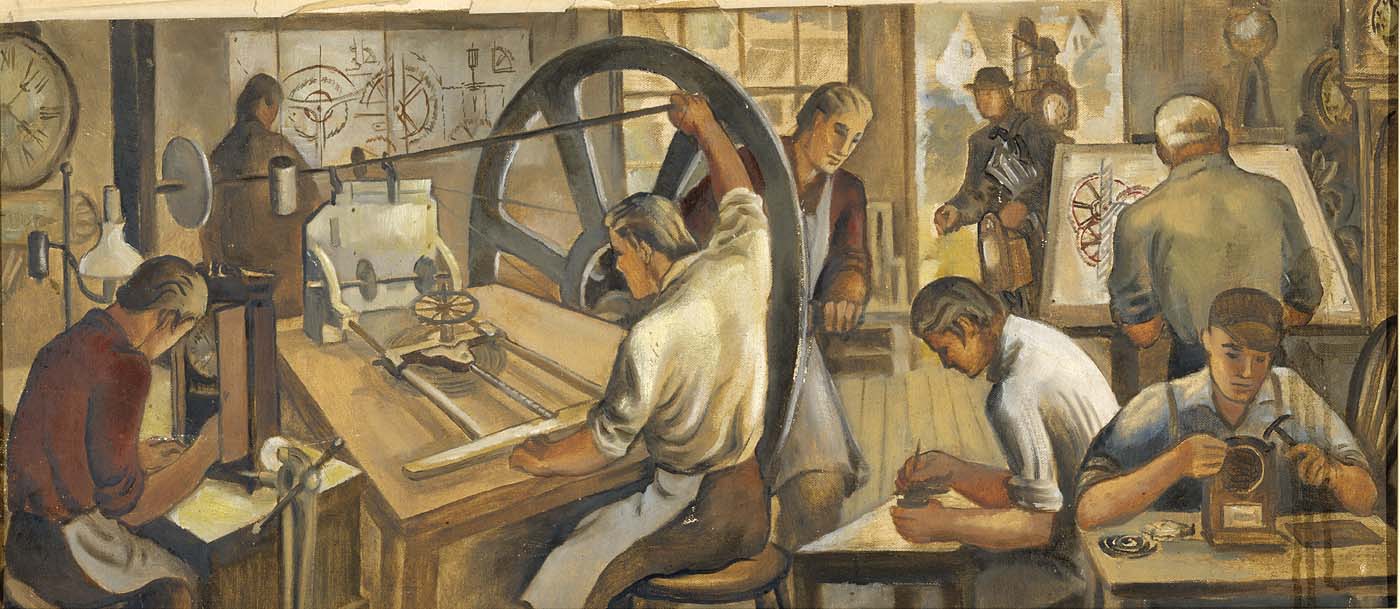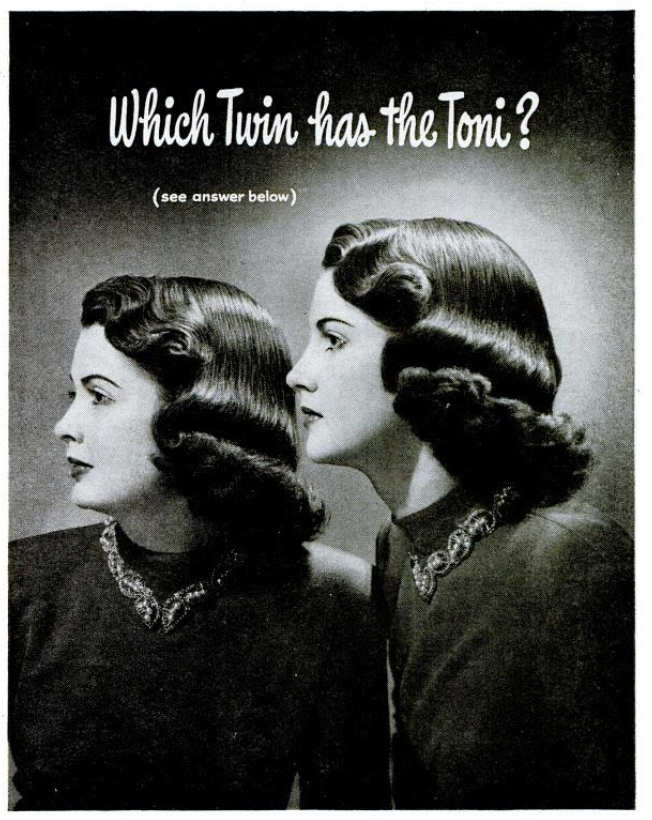Information
The history of Thomaston, Connecticut -- and its very name -- are tied to the history of clockmaking in America. The town was first settled in 1728, and the first clock factory was established by Eli Terry in 1803. Terry's shelf clock was a major innovation over the traditional floor-standing "grandfather" clock. Much smaller in size, and mass produced with interchangeable parts, Terry's shelf or mantel clocks sold for one fifth/5 the price of the traditional floor models and brought clocks into almost every American home. The audacity of the contract under which Terry produced his first set of 4,000 clocks and his brilliance in executing this agreement have caused this to be regarded as an important first step toward the Industrial Revolution and mass manufacturing.
Terry sold his factory to assistants Seth Thomas and Silas Hoadley in 1810. Thomas purchased the rights to make shelf clocks of Terry's design. Thomas's factory was established in Plymouth Hollow in 1853, and after his death the town of Thomaston was created and named in his honor.
 The mural in the Thomaston Post Office honors this aspect of local history. It depicts a generic clock factory and shows some of the major activities that go on into the production of pillar-and-scroll mantel clocks.
The mural in the Thomaston Post Office honors this aspect of local history. It depicts a generic clock factory and shows some of the major activities that go on into the production of pillar-and-scroll mantel clocks.
At the left a man is adjusting a clock movement. In the background another man is studying some design papers. In the center of the mural a man is operating a gear-cutting machine, with power being supplied by a hand-turned wheel. The wooden gears of Terry's clocks were designed to last for 20 years or so. But examples of these clocks are still working fine after some 200 years!
To the right of the man turning the wheel, another sits inserting gears into a clock movement. And to his right a worker assembles the case for a shelf clock.
 Behind this worker a designer creates drawings similar to the ones on the wall in the left background. In the right background a Yankee Peddler appears in the doorway, with a grandfather clock on his back and a clock movement in his hand.
Behind this worker a designer creates drawings similar to the ones on the wall in the left background. In the right background a Yankee Peddler appears in the doorway, with a grandfather clock on his back and a clock movement in his hand.
Thanks to Patti Philippon, Executive Director of the American Clock & Watch Museum in Bristol, Connecticut and to the Museum staff for their help in clarifying the various elements of this mural. For another look at the mural's design, see also the artist's sketch at the Smithsonian Institute, reproduced here with a link to the Smithsonian Web site.
The Thomaston mural was painted by Suzanne McCullough, with the assistance of her twin sister Lucerne. The twin artists were something of a novelty in their day, as indicated by their appearance in this Toni advertisement in Life Magazine in 1948. (Suzanne is on the right in this photograph, and she has the Toni!)
